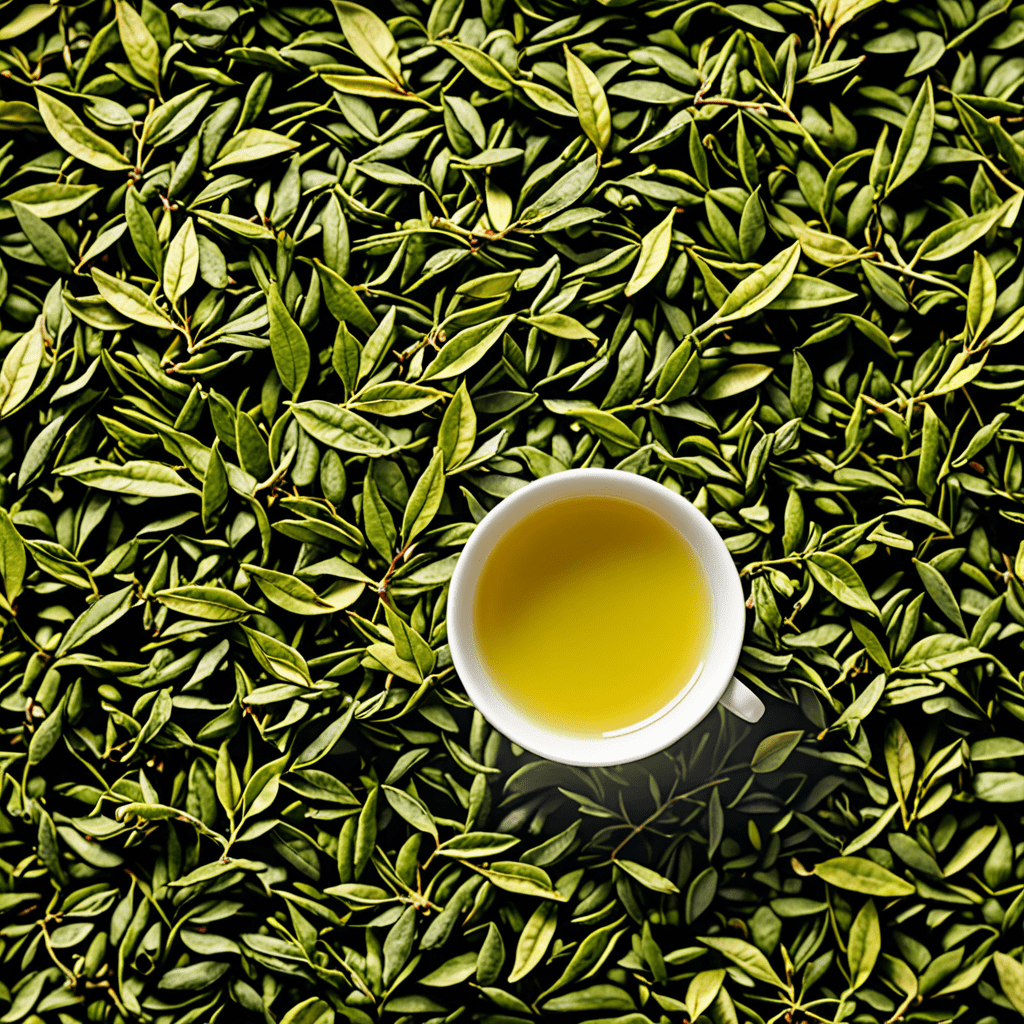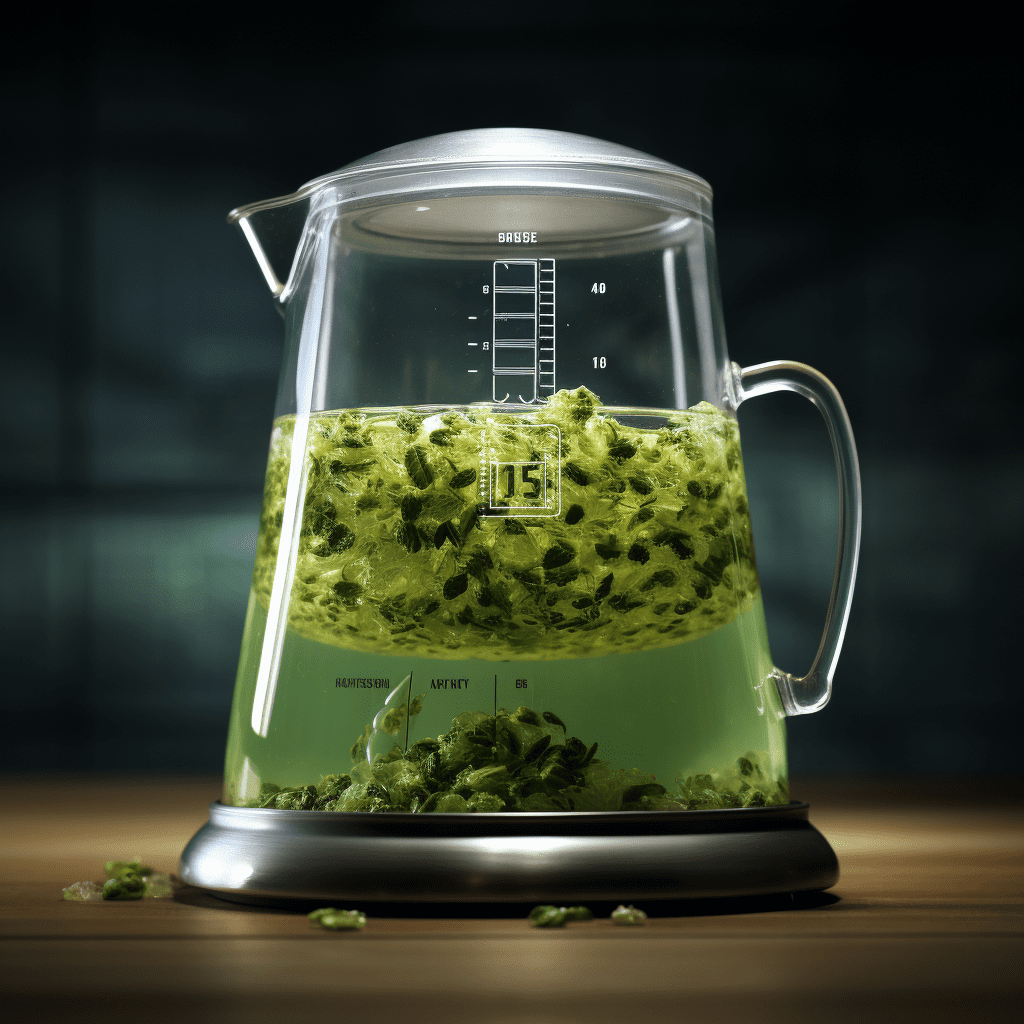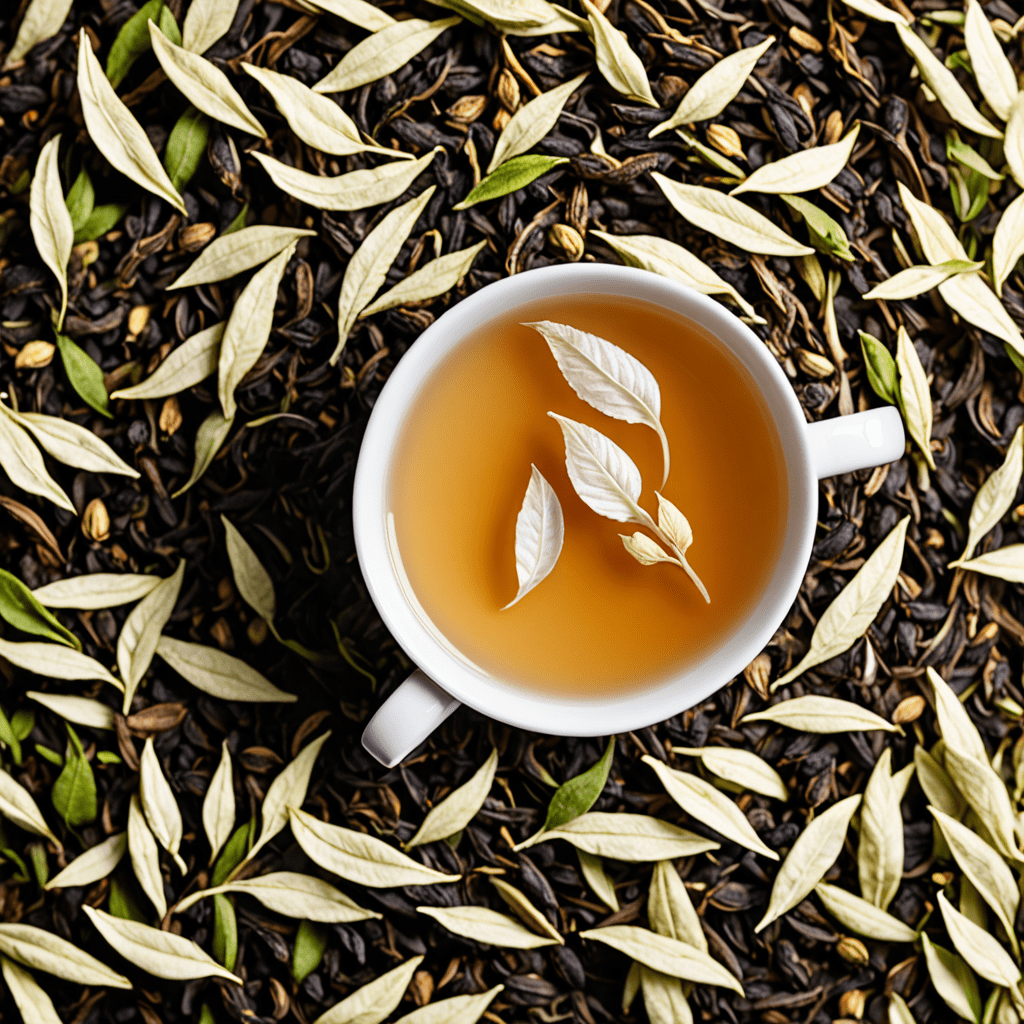Green Tea vs Oolong Tea: A Comprehensive Comparison
When it comes to tea, there’s no shortage of variety. Green tea and oolong tea are two popular choices, each with its own unique flavor, aroma, and potential health benefits. In this article, we’ll delve into the characteristics of green tea and oolong tea, exploring their differences, similarities, and the potential reasons to choose one over the other.
Understanding Green Tea
Green tea, known for its fresh and grassy flavor, is rich in antioxidants and may offer various health benefits, including improved brain function and a lower risk of certain types of cancer.
Getting to Know Oolong Tea
Oolong tea, with its subtly sweet and floral notes, falls between green and black teas in terms of oxidation. It’s believed to promote heart health and aid in weight management.
Flavor Profile
Green tea typically has a light, refreshing taste with vegetal and slightly sweet undertones. On the other hand, oolong tea offers a more complex flavor profile, often described as a combination of fruity, floral, and toasty notes.
Caffeine Content
While both green and oolong teas contain caffeine, oolong tea generally has a slightly higher caffeine content. For those sensitive to caffeine, green tea might be the preferable choice.
Brewing Methods
Green tea is typically brewed at lower temperatures for a shorter time to avoid bitterness, while oolong tea benefits from slightly higher temperatures and longer steeping times for full flavor extraction.
Potential Health Benefits
Both green and oolong teas are known for their potential health benefits, including improved metabolism, heart health, and enhanced immune function. However, specific benefits may vary based on individual factors and overall lifestyle.
Choosing the Right Tea for You
When selecting between green tea and oolong tea, personal preference plays a significant role. Consider experimenting with both varieties to determine which flavor profile best suits your palate and which potential health benefits align with your wellness goals.
Common Misconceptions
One common misconception is that all green teas taste the same, as do all oolong teas. In reality, both types encompass a wide range of flavors and characteristics, depending on factors such as origin, processing methods, and quality.
Final Thoughts
Whether you prefer the crisp, clean taste of green tea or the nuanced flavors of oolong tea, both offer an array of potential benefits and can be enjoyed as part of a healthy and balanced lifestyle. Ultimately, the “better” tea between green and oolong is a matter of personal preference and individual health needs.
FAQ
Which tea has higher caffeine content, green tea, or oolong tea?
Oolong tea generally contains a slightly higher amount of caffeine compared to green tea. However, the actual caffeine content can vary based on factors such as the specific tea variety, brewing method, and steeping time.
Are green tea and oolong tea equally effective for weight management?
Both green tea and oolong tea have been associated with potential weight management benefits, attributed to their respective antioxidant and metabolism-boosting properties. However, individual responses may vary, and incorporating these teas as part of a balanced diet and regular physical activity is essential for optimal results.



